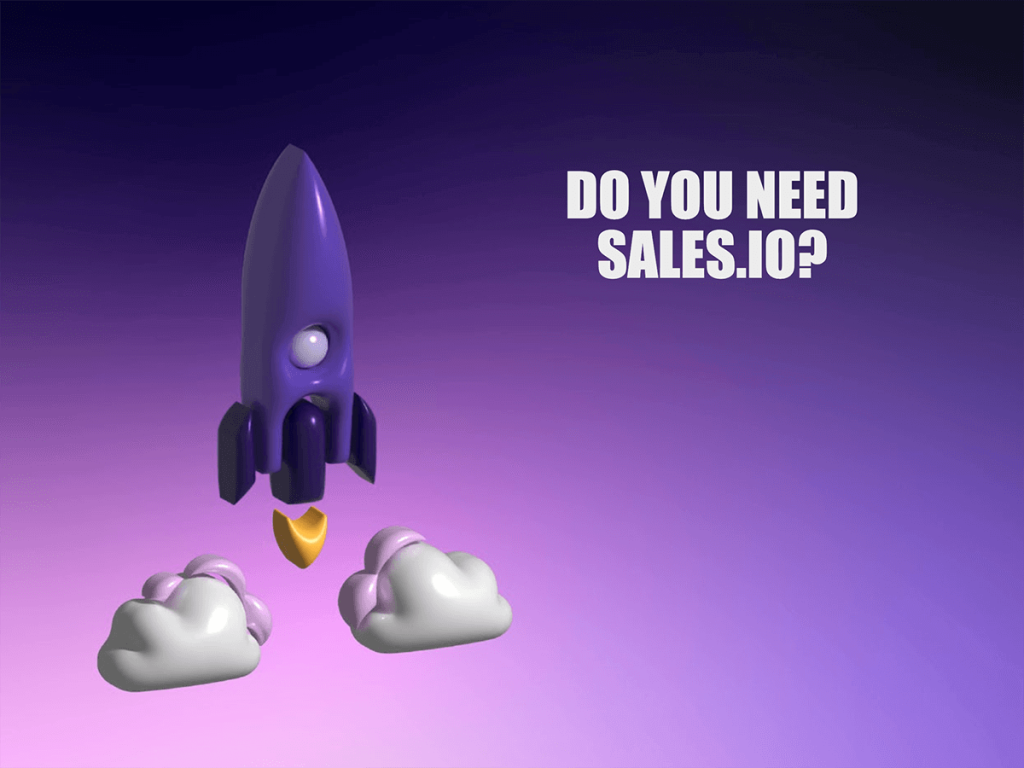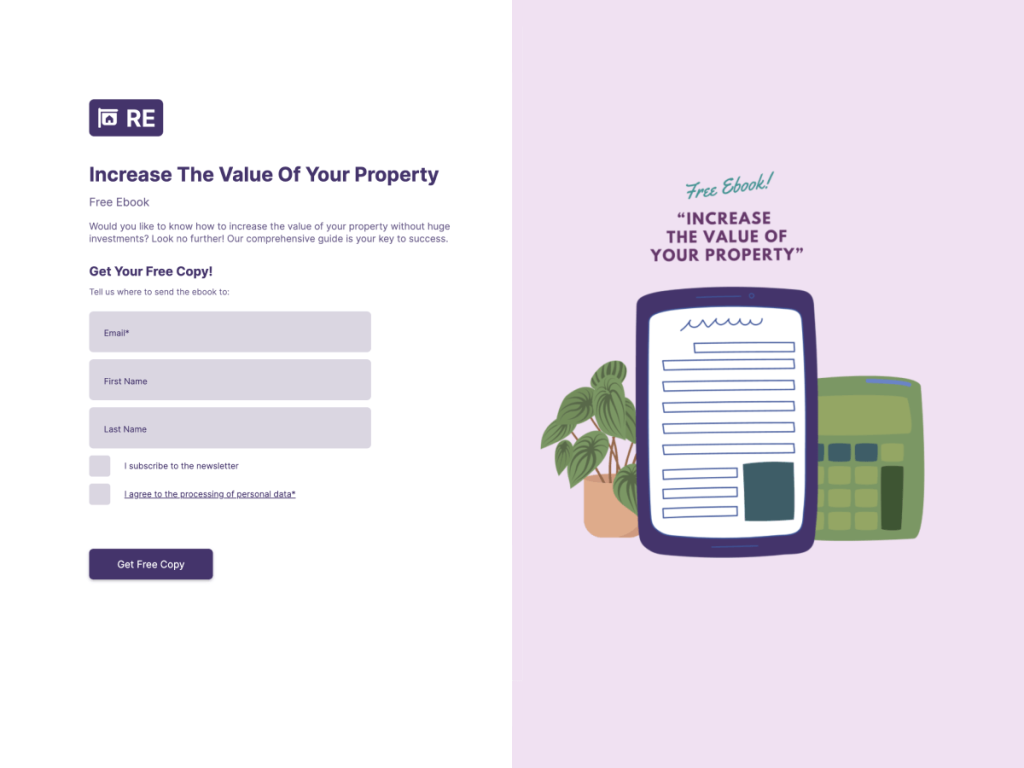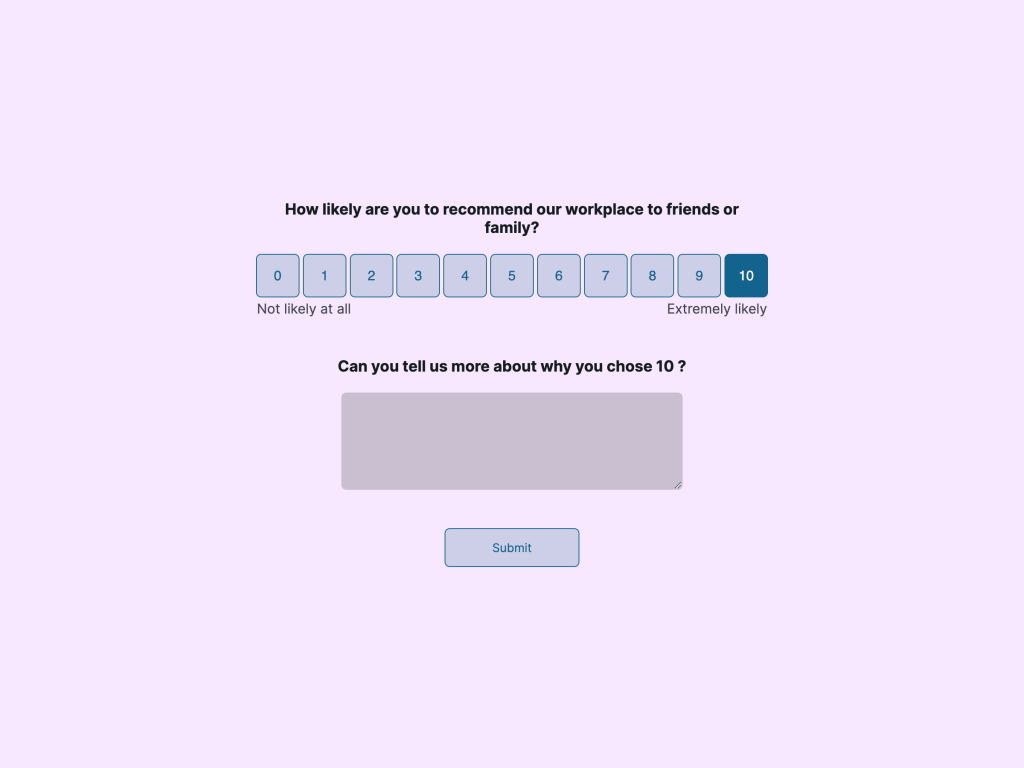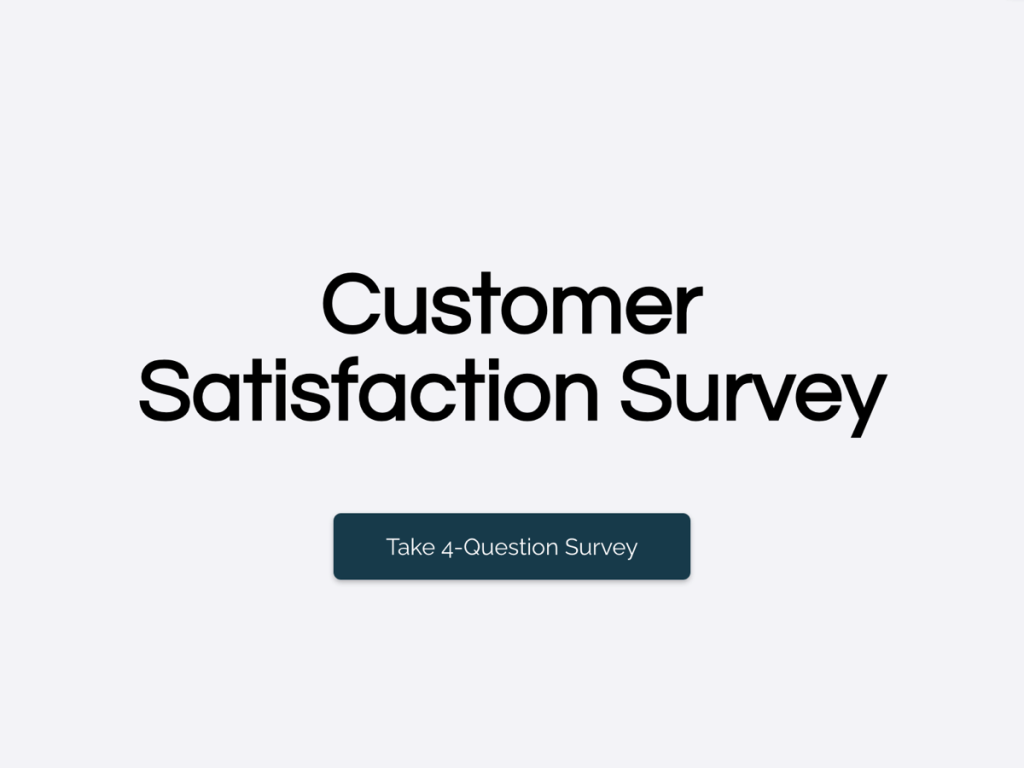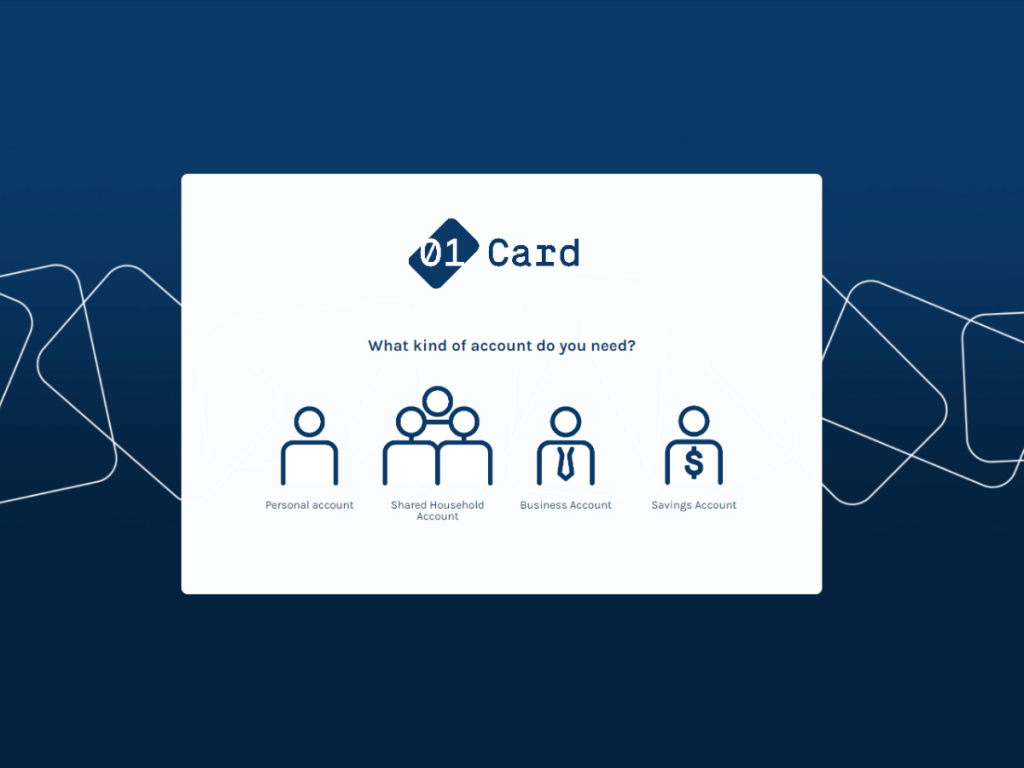Understanding the customer perspective is crucial for all aspects of e-commerce from making company decisions to developing new products.
To reach your target audiences, you will need to figure out who they are, what they are looking for, and how your company can authentically connect with their preferences and needs. This can be tricky, as you want to engage with your customers without annoying them. But with the right tools and smart approaches, businesses can gather all the information they need about their customers without overwhelming or pestering them.
In this article, we will take a look at how to learn more about your customers without bothering them. See what you can do with smart follow-up techniques, in-person events, and demographics research.
Use Google Analytics
While you may already be tracking your customers’ purchases, simply following what they have bought is not enough. To understand your customers' motivations, you need to find out why they came to your website in the first place, how they found your company, and what keeps them coming back.
Making good use of analytical tools is one way to learn more about your customers’ demographics and habits without bothering them at all. Google Analytics is one of the most common analytics tools available. It can reveal surprising depths of information about your customers’ habits and preferences.
For instance,Google Analytics can show you where customers spend the most time on your website, which products arouse their interest but do not inspire them to buy, and from which countries or cities customers visit your website.
Research Your Customer’s Demographics
Demographic information, including location, age, and gender, can reveal a lot about a potential or previous customer’s likely spending habits. For example, research shows that 9 out of 10 millennials believe it is important to eat healthy, natural food products.
So if your company offers food products, and you want your marketing and products to connect with millennials, you can shape your marketing campaigns and product descriptions to emphasize the healthy, ethical, natural, and sustainable qualities of your products and processes.
Use Online Search Queries
You can figure out your customers’ motivations for reaching your business by retracing their online search queries. This will give you a deeper understanding of why they connected with your business, or why they ultimately decided not to purchase what you are offering.
The Google Search Console for Businesses will share which search terms customers are using to find your website. This way, you can gain an understanding of which keywords are working well to reach your intended audiences, and which language needs to be altered.
Ask The Right Questions
All too often, would-be customers are bombarded with information from businesses that want to tell them something, sell them something, or convince them to do something. So if an opportunity arises that gives the customer room to share, that can be a welcome change.
Ask thoughtful questions that give your customers room to share personal information and experiences. And then truly listen to the answers. The more your customer feels heard and seen throughout a human interaction, the better they will feel about working with your business.
Just be sure to use the right tone during the conversation, whether it is online or on the phone. Make sure you are communicating the reasons for asking each question. The way you ask questions can do a lot to help minimize any possible customer annoyance during the conversation.
Asking the right questions can have another advantage as well. If the goal is to learn more about your customers' needs, wants, and preferences, by far the most effective method of market research is to ask them directly. Find out what information would be helpful to your business, and steer your questions in the direction of those answers.
Make Online Quizzes
Customers love to fill out online personality quizzes. Particularly if your target customers are in the millennial (customers who were born between 1981 and 1996) or Gen-Z (born between 1997 and 2012) age categories. A fun personality quiz on your website or social media is an entertaining way to engage your customers. Design a quiz that is not only fun for your customers to complete, but also provides you with the relevant information you are looking for.
Create Your Own Quiz Code Free
Use involve.me templates
Protect Your Customers’ Information
Customers will be more willing to disclose personal information if they know their data is secure.This includes not only protecting your customers’ preferences and opinions but also their financial information.
Make sure your security protocols are up to date. Also, share any new security updates on your website and social media accounts. Customers coming to you for the first time will want to know that they can trust your company. Let your customers know that your company is compliant with the Payment Card Industry Data Security Standard.
The PCI-DSS compliance standards include requirements such as encrypting payment card information, developing secure applications, monitoring network access, and using fully updated antivirus software. If customers are providing their payment card details, they will need to know that this will be a secure transaction.
Ask for Feedback And Respond
Your customers want to feel that their opinions are valued and that their input is important to the way you run your business. Presenting them with opportunities to provide feedback shows that you care about their customer experience.
Once you receive the helpful suggestions, respond by taking action. Make any requested changes that will help improve your business.
Be sure to thank customers for their helpful responses, even if you don’t end up using them. When customers see that their feedback has truly been taken into consideration, they will be more likely to recommend your business and remain loyal customers.
Host In-Person Events
While e-commerce provides seemingly infinite opportunities for reaching new customers, in-person events provide another layer of appeal for new and returning customers. By hosting an in-person event, your company can provide an immersive experience, one focused on leaving a lasting impression on customers. Offer sample products for customers to try out, or craft a unique pop-up experience.
An in-person marketing event provides plenty of opportunities for collecting valuable information about your customers, including giveaways, contests, and raffles. Have customers fill out a quick questionnaire upon entering the pop-up; in exchange for a free taster of products or experiences, you will receive helpful information about customer preferences.
Compose Effective Surveys
Surveys are a great way to invite customers to share relevant information. While not all customers will fill out a survey, if you keep your surveys short and engaging, you will be able to collect helpful information.
If you work with Salesforce integrations, you can set up automatic surveys that appear whenever a customer completes a certain action on your site, such as purchasing a certain item or spending a certain amount of time on one page. Then direct the information to reach the appropriate team member, so they can put all of this customer information to good use.
Create Your Own Survey
Customize templates, embed surveys in your website
Final Thoughts
There are plenty of ways to approach, learn from, and learn about your customers. From collecting demographic information to analyzing geolocation and search queries, online tools can offer valuable sources of customer information in a way that doesn’t intrude on their valuable time.
Engaging customers in a fun way with in-person events, personality quizzes, and short surveys are other methods for learning more about your customers. If you can gather information while customers are having fun, you have created a winning situation.
Making sure customers feel seen, heard, and safe throughout all company interactions is important. Following up on feedback is a great way to learn about customers while showing that they are valued. The more human and authentic your interactions, the more likely it is that your customers will be happy to share more.


